
Even in these tough times, there are still plenty of motivated and passionate people taking risks and starting new businesses. One of these folks is Lester Hutt, who is the founder of BevShots.com, which takes microscopic photos of your favorite drinks and turns them into beautiful art. The piece shown above is English oatmeal stout. I know Lester through a long-time friend, and he agreed to share some of his business experiences as well as how it has affected his family’s personal finances.
What was your inspiration for Bevshots?
I was working as a business research analyst at Florida State University, and my job was to find possible business opportunities out of university research projects and patents. I came across the work of research scientist Michael Davidson, who took photographs under a microscope of a variety of items including DNA, biochemicals, and more. He also did cocktails, which he initially used for a tie collection.
I’ve never really understood abstract art, like a blue wall at a modern art museum that is supposed to express “man’s frustration with industrialization in the 20th century”. I thought that this would be a great opportunity to make a form of modern art that is affordable to the masses.
What previous experience did you find most useful in starting this new business?
For one, my time working for Apple taught me the power of good industrial design and creating a great user experience. In addition, I had just spent the last several years running every aspect of a small business, from product development to managing employees to sales.
How did you come up with the initial funding costs?
We used a combination of loans from family, personal cash reserves, and a revolving line of credit with local community bank. Thanks to my existing banking relationship from the aforementioned small business, it wasn’t difficult to secure a loan with relatively favorable terms.
How did this affect your personal finances?
It definitely affected us quite a bit. For one, we went from two incomes to having only income to support our family. We started looking for places we could cut back, including going out to eat, canceling our cable television, clothes, and travel. We’re also thinking of buying a used car as our next work vehicle.
Besides trimming expenses, we also found that we were unable to take advantage of other investment opportunities like real estate that we might have otherwise pursued. We do still maintain an emergency fund with 8 months of liquid cash. Even in a worst-case scenario for the business, we will still be okay.
More after the jump:
 Today, I wanted to share an interview involving a unique website business thought up, constructed by, and maintained primarily by just one person. Maury is a long-time MMB reader and e-mailed me recently about his new venture – PennyPortrait.com. There, you can purchase a kit that allows you to create a portrait of Abraham Lincoln solely out of differently-shaded pennies:
Today, I wanted to share an interview involving a unique website business thought up, constructed by, and maintained primarily by just one person. Maury is a long-time MMB reader and e-mailed me recently about his new venture – PennyPortrait.com. There, you can purchase a kit that allows you to create a portrait of Abraham Lincoln solely out of differently-shaded pennies: It’s not every day that you get to interview someone who:
It’s not every day that you get to interview someone who: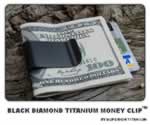 A few months ago, Dan of
A few months ago, Dan of  Although many of us have thought about starting a small business, significantly less actually take the plunge. So when I read on Dennis’
Although many of us have thought about starting a small business, significantly less actually take the plunge. So when I read on Dennis’  A couple weeks ago, I was looking to
A couple weeks ago, I was looking to  Sterling silver chain bracelet, Pandora style [
Sterling silver chain bracelet, Pandora style [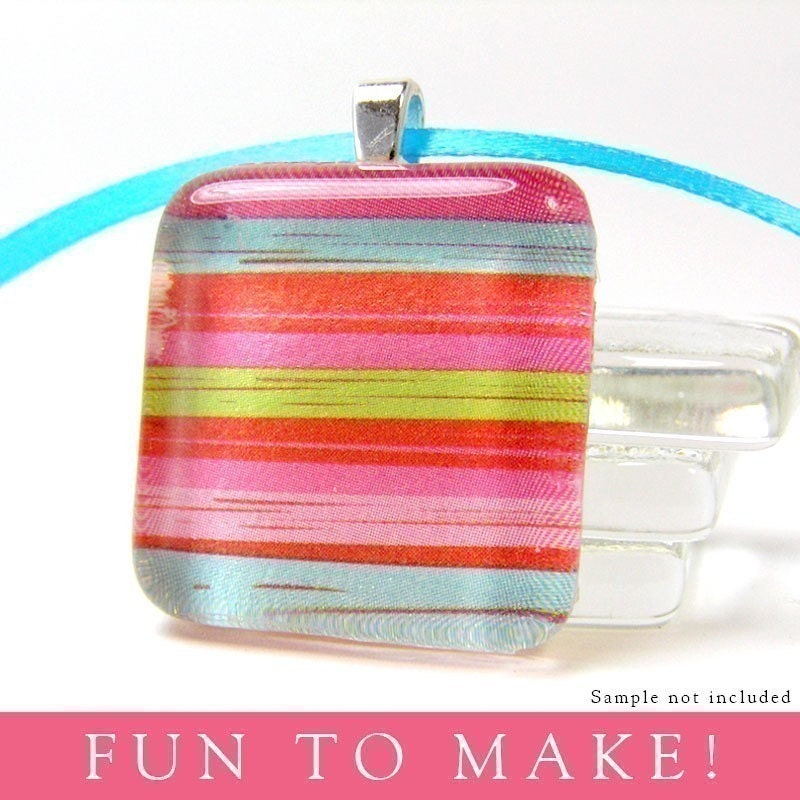
 “Abandoned Fender Electric Piano” photo print [
“Abandoned Fender Electric Piano” photo print [ Garnet Briolette Oval Lace Earrings [
Garnet Briolette Oval Lace Earrings [





 Natural Lavender Soap with Shea Butter & Oatmeal [krugsecologic]
Natural Lavender Soap with Shea Butter & Oatmeal [krugsecologic]
 [
[


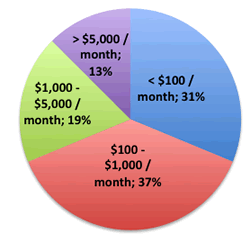
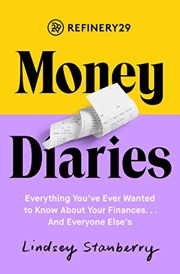
 Here’s a follow-up post to
Here’s a follow-up post to 
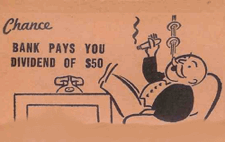 Here’s my 2023 Q2 income update for my
Here’s my 2023 Q2 income update for my 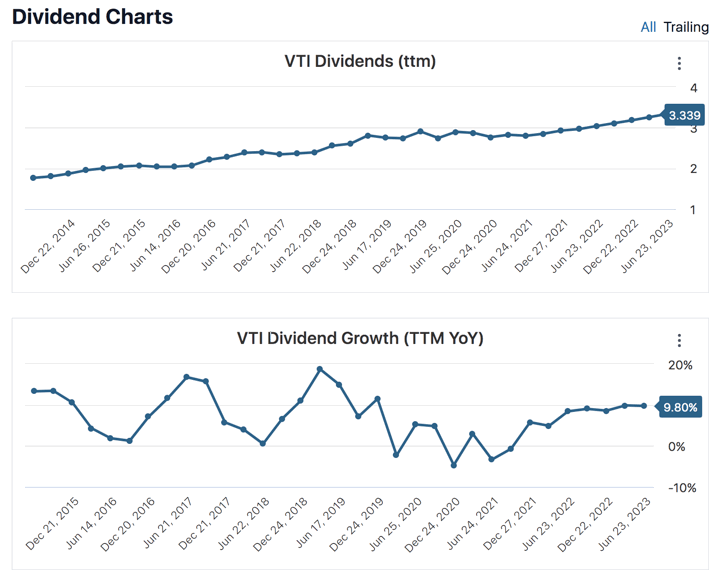
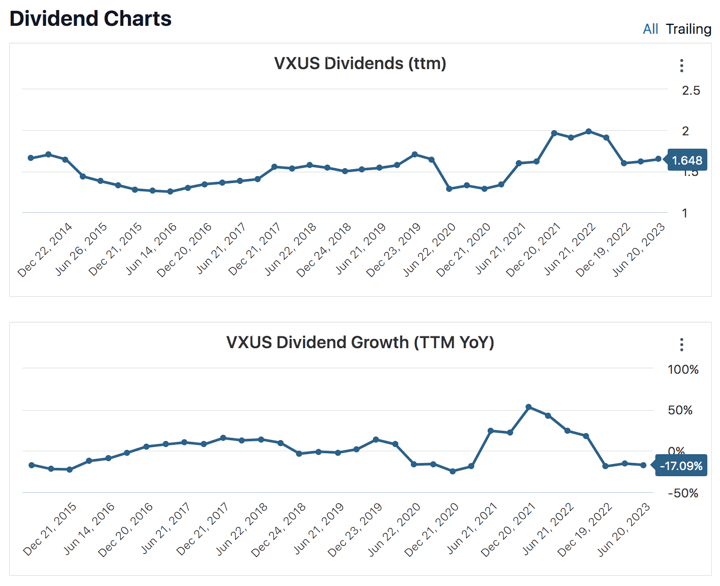
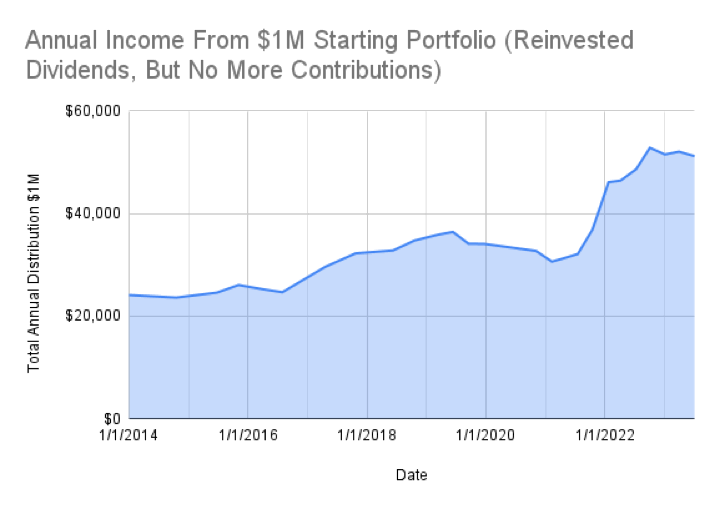
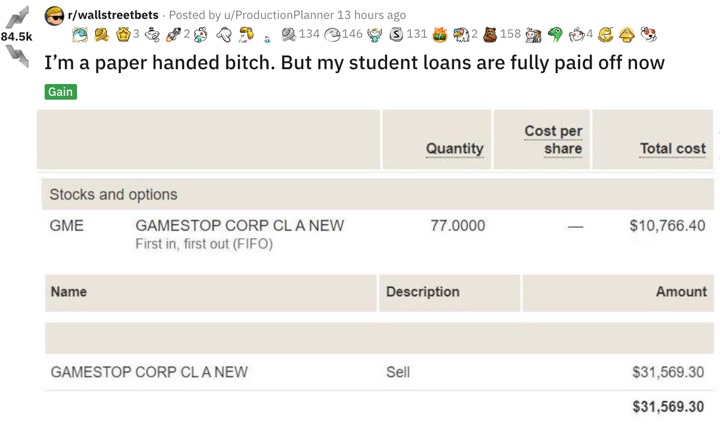
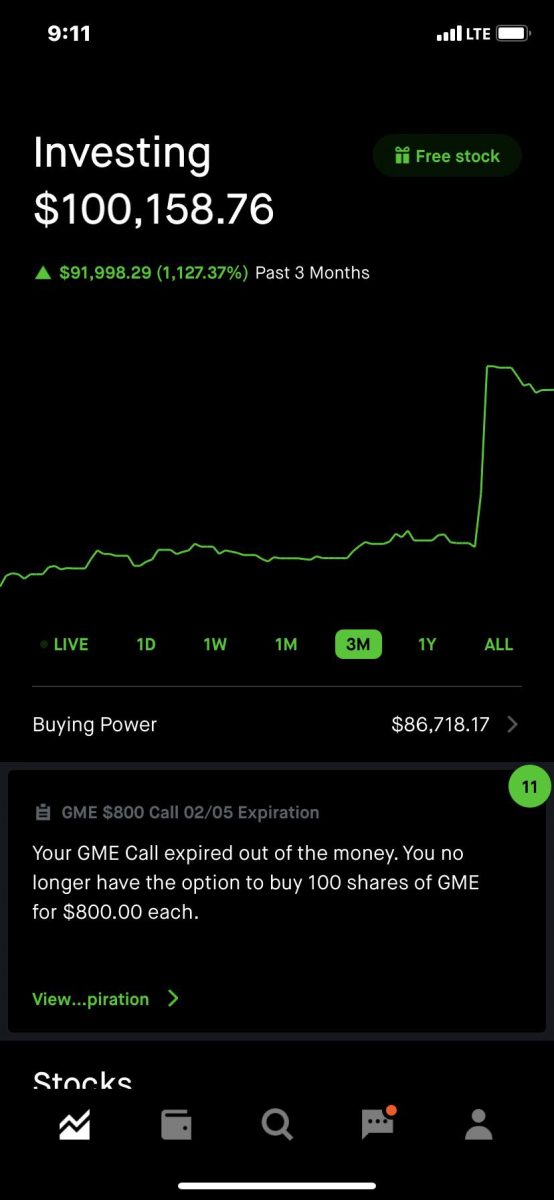
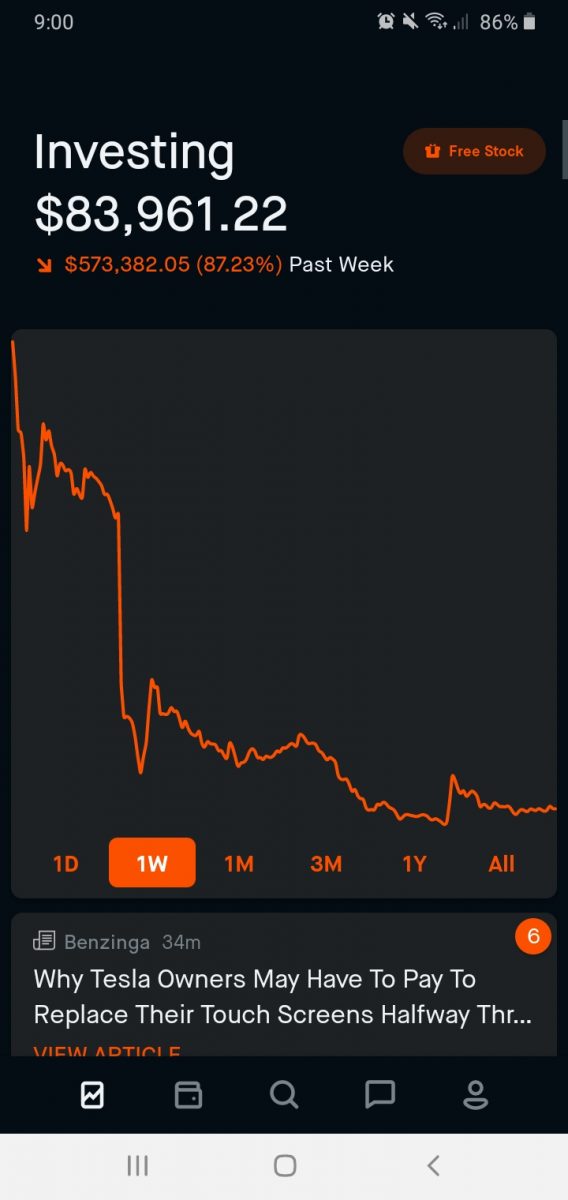
 The Best Credit Card Bonus Offers – March 2024
The Best Credit Card Bonus Offers – March 2024 Big List of Free Stocks from Brokerage Apps
Big List of Free Stocks from Brokerage Apps Best Interest Rates on Cash - March 2024
Best Interest Rates on Cash - March 2024 Free Credit Scores x 3 + Free Credit Monitoring
Free Credit Scores x 3 + Free Credit Monitoring Best No Fee 0% APR Balance Transfer Offers
Best No Fee 0% APR Balance Transfer Offers Little-Known Cellular Data Plans That Can Save Big Money
Little-Known Cellular Data Plans That Can Save Big Money How To Haggle Your Cable or Direct TV Bill
How To Haggle Your Cable or Direct TV Bill Big List of Free Consumer Data Reports (Credit, Rent, Work)
Big List of Free Consumer Data Reports (Credit, Rent, Work)